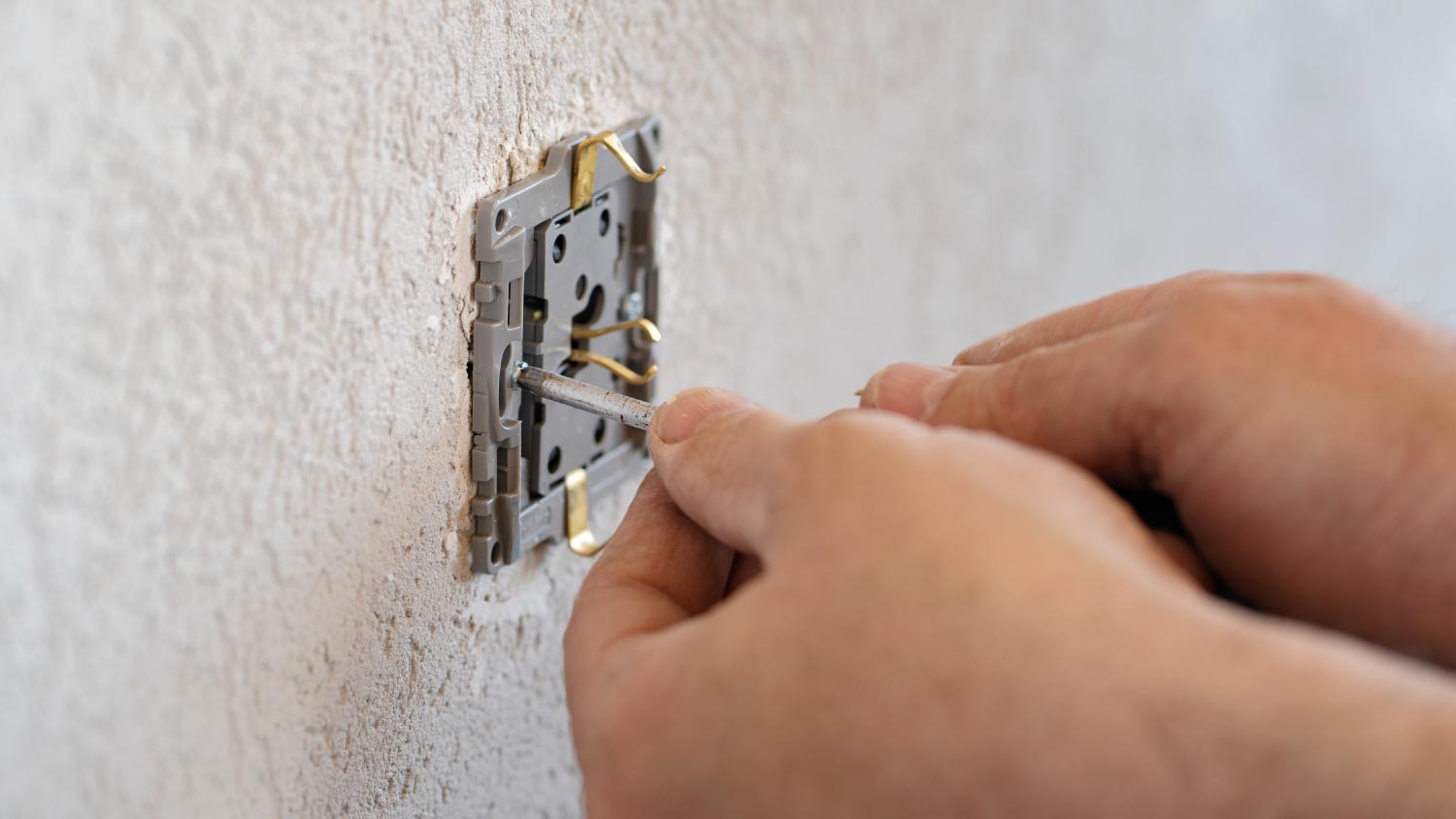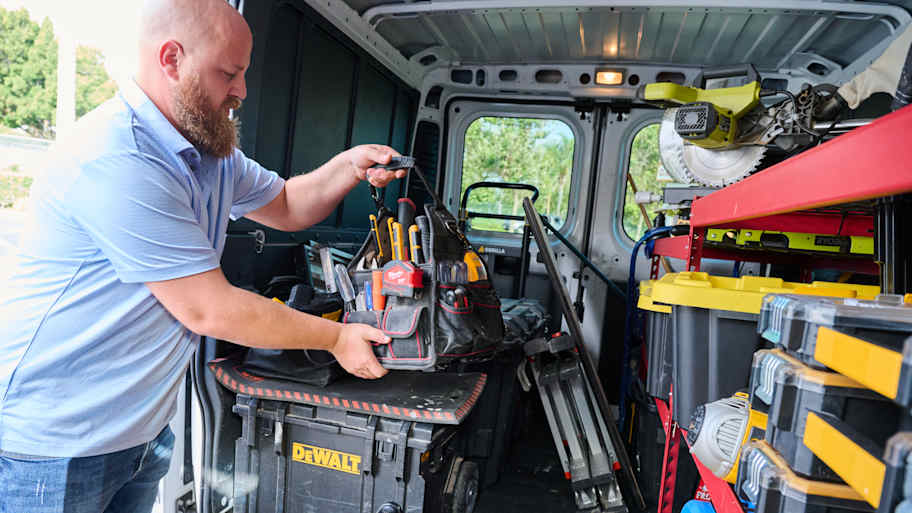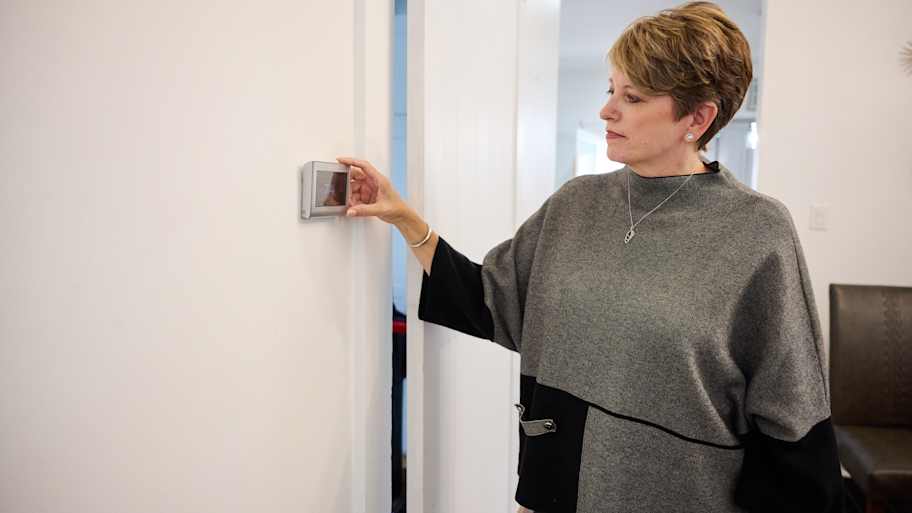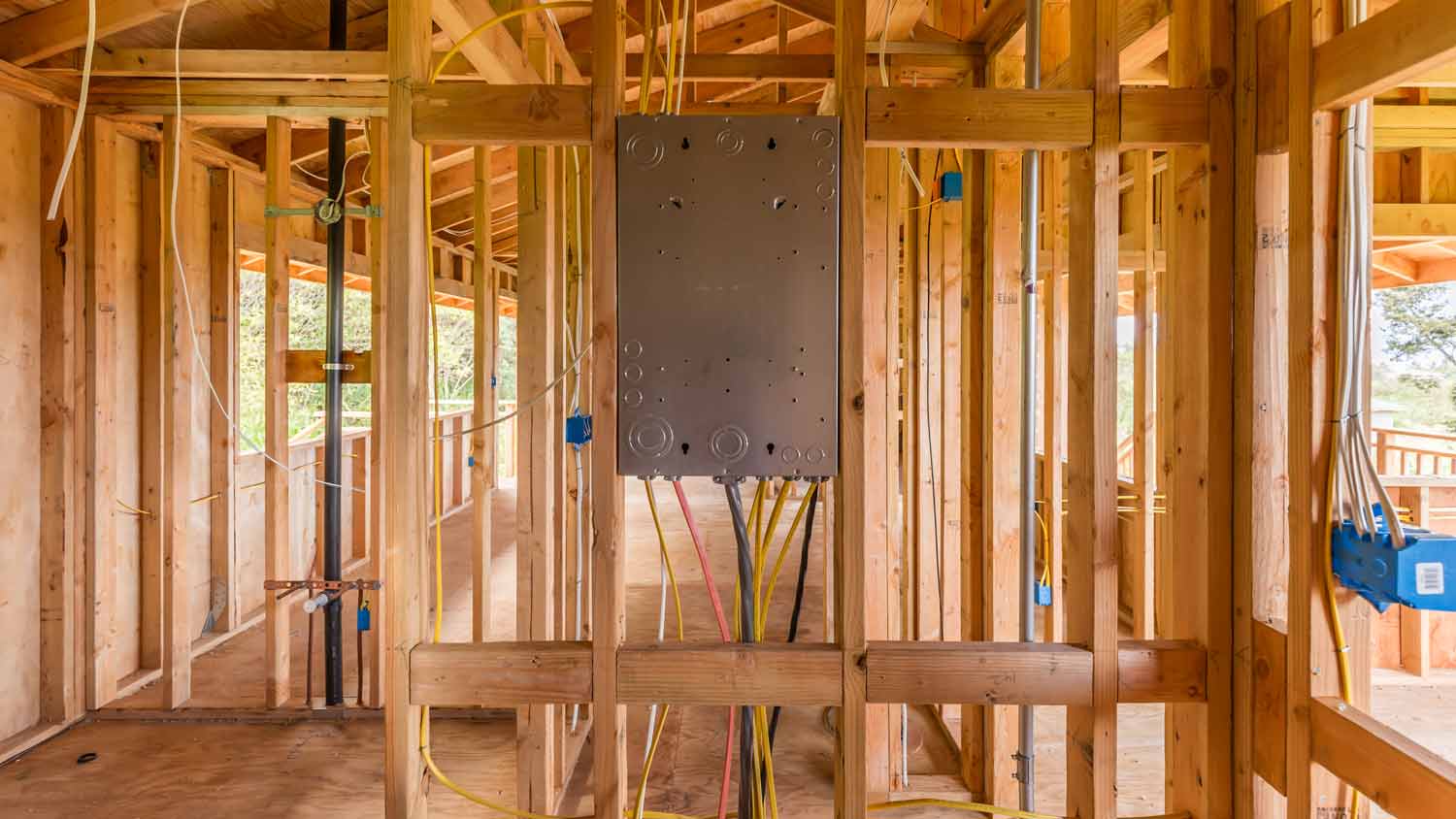Home Electrical Repairs: Basic Wiring and Electrical Repairs
Go on and flex those DIY muscles; you can probably tackle these four electrical repair jobs


Electrical repairs are generally better left to the professionals.
However, there are some repairs suited for the ambitious DIYer.
Most homeowners can handle jobs like replacing a light switch or outlet.
Use proper safety precautions before you work with any electrical components.
If you’re uncertain or simply don’t have the time, hire a local electrician.
In most cases, DIY home electrical repairs are not something the average homeowner should attempt. Your home’s electrical systems are inherently dangerous, and without the proper training, it’s easy to make a dangerous error. However, many minor electrical repairs are well-suited for novice DIYers. With advanced preparation and proper safety precautions, you can safely tackle the following home electrical repair projects.
1. Replace a Light Switch

If you’re itching to tread lightly into DIY electrical work, start by replacing a light switch. This project will expose you to many different switches, including single-pole, double-pole, three- and four-way. It’s important to replace the switch with the correct type for the power and switch to function properly. Be extra cautious if you’re installing a dimmer switch for the first time, as dimmer switches can overheat, especially if you use the wrong kind of bulb.
2. Replace a Light Fixture
Most homeowners can readily replace an existing light fixture. This project allows you to flex your DIY muscles and modernize your home all in an hour’s work. Once the power is off and you’ve removed the existing fixture’s hardware, you’ll need to locate the junction box and separate the wires to remove the existing fixture and install the new one. Check to ensure the mounting brackets are sturdy enough to support the new fixture.
3. Replace an Outlet

The humble electrical outlet: every room has them. Sometimes it’s just a crooked plate, but if your outlet feels hot to the touch or you’ve noticed sparks when you plug in an appliance, it’s time for a new one. After you test the wires behind the outlet plate for power flow, you’ll need to trim and strip the wire ends that are damaged, rewire them to the new outlet, and replace the wall plate.
4. Install a Ceiling Fan
If the room already has an existing light fixture and you’ve got a bit of DIY experience under your belt, you can most likely tackle a ceiling fan installation. You’ll need to ensure that the mounting bracket for the fan can support its weight. You may also want to have an assistant on standby to help you manipulate the fan and blades.
If you don’t have any experience working with electrical wires and there’s no existing wiring at the installation point, you might consider hiring a pro to handle the job.
5. Rewire a Lamp
Your favorite lamp will give out at some point. But with a little patience and about 45 minutes, you can wire new life into an old lamp. You can buy a lamp kit, or individual parts, to rewire a lamp. Make sure the lamp is unplugged before working on it. Carefully remove the lampshade, bulb, harp, and protective base. Loosen the socket and pull the wire out of the lamp. Once the socket is removed, guide the new wire through the lamp’s base. Attach the wires to the socket, reassemble, and test out your work.
6. Reset a Tripped Breaker
Often, breakers can trip when there’s too many appliances plugged in at once. Other reasons why circuit breakers trip can include ground fault surges and short circuits. Don’t stay in the dark; find your circuit breaker box, usually a gray metal box attached to a wall. Open the door, and look for the switch in the “off” position. Move the switch back to the “on” position. If the switch is in the middle position, move it to the “off” position and then flip it to the “on” position. Test an appliance to see if this worked to reset the circuit breaker.
7. Repair the End of an Extension Cord
Extension cords come handy all over the house, whether you’re powering holiday lights or a fan to cool off guests during an outdoor summer party. If an extension cord stops working, repair it instead of throwing it away. Cut off the old plug and cut back the insulation. Strip the wires and twist them tightly. Screw them into the back of the plug. Match up the wires to the appropriate terminal screw:
The green wire goes to the green screw.
The black wire goes to the brass, or gold, screw.
The white wire goes to the silver screw.
Reassemble the plug and tighten the screws holding it. Plug in the three-prong receptacle to test out your DIY work.
Safety Tips for DIY Electrical Repairs
The best way to avoid an accident in any DIY project is to prepare for the job properly ahead of time. Follow these home electrical DIY safety tips for a smooth project and successful outcome:
Ensure that you turn off the power at your electrical panel for the appropriate circuit. Use black electrical tape over the circuit switch so that no one else accidentally turns the power back on.
Use a voltmeter to ensure the circuit is really off.
Unplug any appliance or lamp before you begin working on it, even if you’re absolutely certain you cut the power to the circuit.
Before disconnecting any wiring in your repair work, snap some close-up photos with your cell phone camera. This will help you remember how to reconnect the wires correctly once you’ve completed the work.
When You Should Hire a Pro for Electric Work
An experienced professional should always tackle electrical projects that involve wiring or rewiring your home, installing a dedicated circuit, repairing or replacing your electrical panel. Getting these jobs wrong can result in damage to your property or even physical injury. Hire an experienced local electrician to tackle projects like these. On average, the cost to hire an electrician to replace an outlet ranges from $150 to $200. Professional ceiling fan installation costs anywhere from $50 to $200.
Some projects that involve electricity may require a licensed electrical contractor or a permit to perform the work. Bear in mind that your homeowner’s insurance may exclude from coverage any damage that occurs when an unlicensed person completes the work.



.jpg?impolicy=leadImage)

- Home Generator Repair
- Lamp Repair
- Electric Repair
- Generator Installation
- TV Antenna Services
- Emergency Electricians
- Commercial Electricians
- Attic Fan Installation
- Attic Fan Repair
- Exhaust Fan Installation
- Electric Inspectors
- Subcontractors
- Electrical Construction
- EV Charger Installer
- Chandelier Installation
- Doorbell Installation
- Bathroom Fan Installation
- Ring Installers
- Electrical Panel Upgrade
- How to Wire an Outlet From Another Outlet in 9 Steps
- Why Are My Lights Out But the Breaker Is Not Tripped?
- How To Install Under-Cabinet Lighting: Step-by-Step Guide
- Wire Color Code: Decoding Electrical Wire Colors
- How to Install a Smart Light Switch
- 10 Reasons Your Light Bulbs Could Be Burning Out Too Soon
- Outlets Not Working in One Room? Here’s How to Solve
- 4 Ways to Fix Bathroom Outlets That Are Not Working
- Dealing with Shoddy DIY Projects
- What to Do During These 5 Common Home Emergencies










